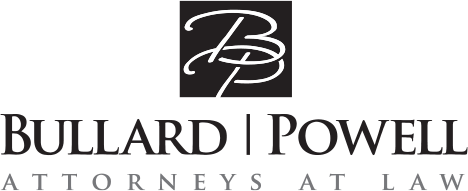In a personal injury case, proving negligence is crucial to obtaining fair compensation for your injuries. However, navigating the legal process can be complex and overwhelming. This blog post will outline the essential elements required to prove negligence in a California personal injury case, guiding you through the legal process to protect your rights.
Understanding Negligence in Personal Injury Cases
Negligence is the foundation of most personal injury claims in California.
To establish negligence, four key elements must be proven:
- Duty of Care: The plaintiff must demonstrate that the defendant owed a duty of care towards them. For example, in a car accident case, all drivers have a duty to operate their vehicles responsibly and follow traffic laws.
- Breach of Duty: It must be shown that the defendant breached their duty of care. Using the same example, if the defendant was texting while driving, they failed to meet the duty of care.
- Causation: The breach of duty must have directly caused the plaintiff's injuries. In the car accident scenario, the plaintiff should prove that their injuries resulted from the defendant's distracted driving.
- Damages: Finally, the plaintiff must have suffered actual damages, such as medical expenses, lost wages, pain, and suffering, due to the defendant's negligence.
Gathering Evidence to Support Your Claim
To strengthen your personal injury case, collecting and preserving evidence is crucial. Working with Bullard & Powell, APC, you can ensure that no relevant evidence goes unnoticed. Some essential types of proof in a negligence case include:
- Medical Records: Obtain all medical records and bills related to your injuries. These documents will demonstrate the extent of your damages and the required medical treatment.
- Witness Statements: Eyewitnesses can play a pivotal role in substantiating your version of events. Collect contact information from those who witnessed the incident and secure their statements.
- Photographs and Videos: Visual evidence can be compelling in court. Take photos and videos of the accident scene, injuries, property damage, and other relevant aspects.
- Expert Testimonies: In some cases, expert witnesses may be necessary to provide specialized knowledge on issues like accident reconstruction or medical prognosis.
Seeking Legal Representation
Navigating the complexities of a personal injury case can be overwhelming, especially while dealing with injuries and emotional distress. Enlisting the expertise of Bullard & Powell, APC, can significantly impact your claim's success. Our experienced personal injury attorneys will guide you through the legal process, ensuring your rights are protected and advocating for the compensation you deserve.
Statute of Limitations in California
It is essential to be aware of the statute of limitations when pursuing a personal injury claim in California. Generally, you have two years from the date of the injury to file a lawsuit. However, exceptions may apply based on the circumstances of your case. Failing to file within the statute of limitations could result in losing your right to seek compensation.
Comparative Negligence in California
California follows the doctrine of comparative negligence, which means the court may assign fault to both parties involved in the accident. The compensation awarded to the plaintiff may be reduced based on their percentage of fault. It is crucial to have strong legal representation to counter any attempts to shift blame unfairly.
Proving negligence in a California personal injury case requires a thorough understanding of the legal elements and a strategic approach to gather and present evidence effectively. At Bullard & Powell, APC, we protect your rights and fight for the compensation you deserve. Our experienced attorneys will be by your side, providing compassionate support and skilled legal representation.
Contact Bullard & Powell, APC., today to learn more!


